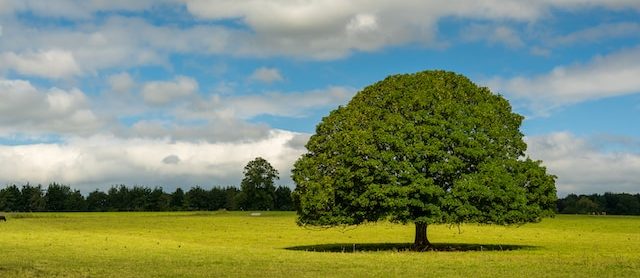Evidence has shown that trees significantly improve human well-being. They aid in patient recovery in hospitals, enhance children’s learning in forest schools, and contribute to biodiversity, carbon emission reduction, and pollution mitigation. Trees require unique safety management due to their natural variability and the emergence of new pests and diseases. While tree-related accidents are rare, they can lead to serious consequences and legal actions.
If you have trees in your school grounds, you have a legal obligation and duty of care to make sure all the trees on or within a site are safe. It is the responsibility of the school to ensure trees are managed in an appropriate manner regardless of how many trees there are on the property. A thorough tree risk assessment-based survey should be carried out at regular intervals. Hazards can be rated, enabling you to make sound decisions to maintain a safe environment for staff, pupils, and parents.
The National Tree Safety Group guidance is underpinned by a set of five key principles:
- Securing the many benefits from trees to society
- Acknowledging trees are living organisms that naturally lose branches or fall
- The overall risk to human safety is extremely low
- Tree owners have a legal duty of care
- Tree owners should take a balanced and proportionate approach to tree safety and management
What should schools do?
- Conduct regular inspections – regular inspections will make sure any danger signs are caught early and managed appropriately. There is no statutory specified frequency of inspection, but case law has set a widely accepted 2-year maximum cycle. With higher risk sites and areas where people frequent on a regular basis an annual inspection will be more appropriate. Contact grounds@somerset.gov.uk to book in your tree survey.
- Maintain your trees – if they are being regularly maintained it is less likely they will become a health and safety issues in the future. Ensure you have set aside funding in your annual budget to deal with routine and emergency tree work.
- Remove high risk trees as soon as necessary – if a tree poses too great a risk to be saved it may be necessary to remove it entirely. It is essential this is done quickly. As soon as the risk is identified. Within 2-3 months is acceptable so long as a proactive approach to arranging the work is being taken and access to the affected surrounding area is restricted.
- Education – educate the children on the dangers of trees, as well as the benefits and ensure they know not approach trees that could be a health and safety threat.
- Carry out a regular tree risk assessment for your school – this will help you to ensure you have a plan in place to ensure trees don’t pose a risk to your staff and students, as well as providing an outline a plan for any worst-case scenarios. On EEC the tree risk assessment template is in the Caretaking and Site Management area.
When completing your risk assessment, follow these three steps:
Make an assessment of the hazards:
The formal tree risk assessment must be undertaken by a competent person. It is the responsibility of this person to identify the tree location, ensure that hazards are assessed to the best of their ability and are recorded accurately.
It is not always possible for a competent tree surveyor to be on site immediately following strong winds or storms. It is therefore recommended that a member of school site staff carry out a visual check of trees near buildings and other areas regularly frequented by people after such events. This should only be carried out once wind speeds have dropped and it is safe to do so. Photograph any concerns and forward to a tree specialist for advice. Refer to Common Sense Risk Management of Trees for easy to understand guidance.
Make an assessment of the risks:
For educational sites, the risk is always considered high; therefore, risk assessments should be carried out or reviewed every one-to-two years. All trees that are deemed to pose a high or medium risk must be recorded with the identified trees plotted on a site plan. Trees that appear to be sound during formal inspection do not necessarily need to be recorded but it is best practise to do so.
Propose remedial action:
Only a competent person may prescribe remedial actions; proposals and priorities must be recorded so that a competent specialist can clearly understand what is required of them. These remedial actions will be based upon an assessment of the hazards and the risks posed by the tree. Most importantly you are duty bound to act upon guidance provided and ensure all high risks are minimised through remedial action.
If you are concerned about trees on your school site and need further advice – please contact the Grounds and Landscape Operations Team: grounds@somerset.gov.uk
Learn more:
Management of the risk from falling trees or branches – FOI – HSE
School Tree Safety Guidance.docx

